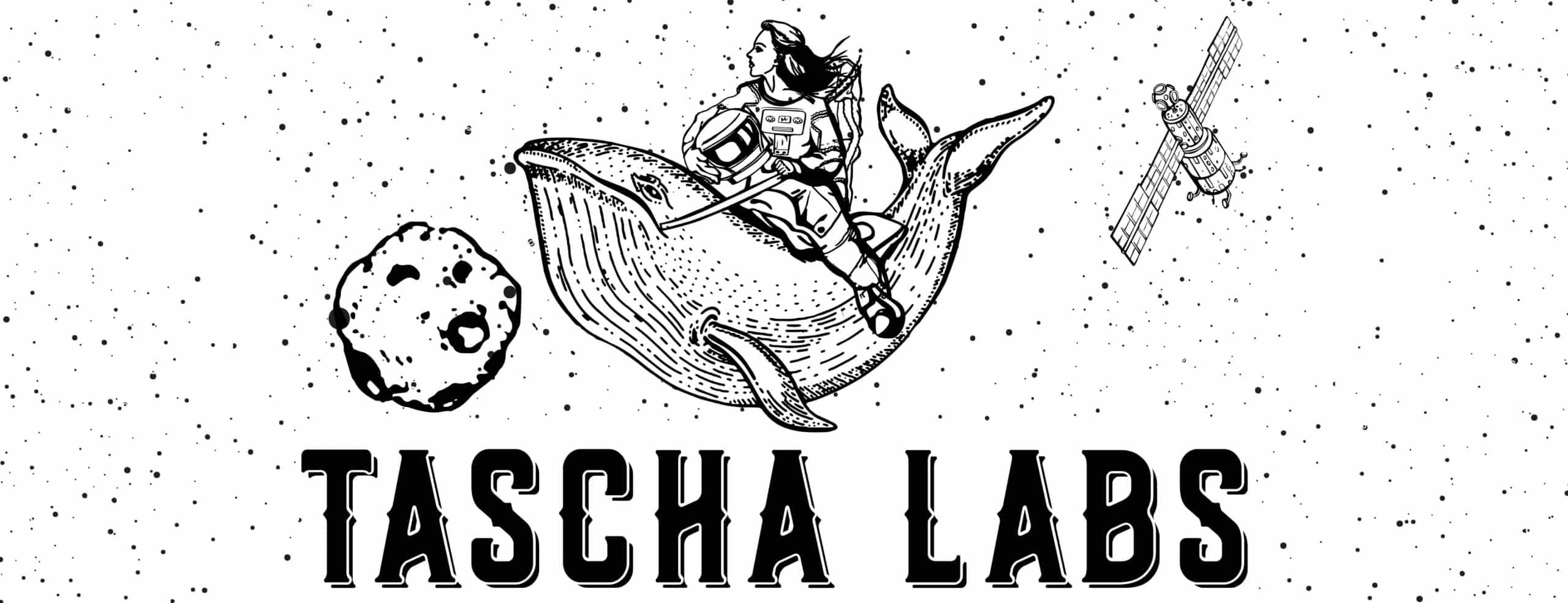Tether has a $60 billion market cap. Everyone thinks it takes a lot of money to start something like that.
The truth is you need very little to start a Tether.
Let’s walk through how to make a Tether-like stablecoin w/ $500, and learn how stablecoin works along the way👇
Step 1. Deploy your own ERC20 token.
This is the easiest part.
Let’s say you want to make a stablecoin called “Sether”. (That’s so imaginative, I know. Sorry.) You can hire a contractor and deploy the smart contract for it to Ethereum in an hour.
A stablecoin doesn’t do much. So the contract is easy to write. If you’re lazy, you can copy and paste Tether’s code.
Step 2. Make $500 deposit to your bank account and issue 500 Sether token.
This is a stablecoin so it’s supposed to be fully backed. At this stage it indeed is. So if you have $500 in your bank account, you only issue 500 Sether.
Step 3. Airdrop some Sether to your friends.
Now that you have 500 Sether sits in your wallet, send 5 Sether each to your friends Alice and Bob, and encourage them to redeem their Sether for USD from you.
You’ll want to set up a simple web app for easy redemption and purchase, so you don’t have to do it manually every time.
Alice logs in to your app —> submits her bank account info —> requests to redeem 5 Sether for USD —> you take 5 Sether from Alice’s wallet, wire $5 from your bank to her bank account.
The trade in the opposite direction is similar.
After a bunch of such small exchanges— so called “price discovery process”— you have established a price history for Sether at $1. It’s a short one, but it’s a start.
Step 4. Find an exchange to sell Sether to.
This is arguably the hardest step. You need to find an active crypto exchange that’s willing to act as your “primary dealer”, the wholesaler who brokers Sether to retail users.
Once you find an exchange willing to list Sether, you send 500 Sether to them for free. They sell the 500 Sether to their customers at $1. And their customers can redeem their Sether from you and get USD back if they want.
At this point, the Sether token is still fully backed by USD.
Step 5. Issue more Sether.
This is when the fun starts for you. Retail customers love Sether! They want to buy more of it.
Remember there’s only 500 Sether circulating right now. What happens when retail wants more of it?
You guessed it: the price got bid up.
Once Sether price goes above $1, your primary dealer sees an opportunity: they can buy more Sether from you for $1, and sell to their customers for > $1.
So they ask to buy 500 more Sether. You issue another 500 tokens in exchange for US$500 from the dealer.
Note that your balance sheet has now doubled to $1000. And Sether is still fully backed.
Why do customers love Sether so much?
Well, it’s just like USD, but without the hassle, the fee, and the time delay of bank wires. Stablecoins have an attractive value prop. That’s why they have grown 10x in the past year.

Whenever Sether demand surpasses supply, it’ll trade above $1. That motivates your dealer to give you USD in exchange for more Sether from you. You expand your balance sheet quickly without the need of any additional capital.
That’s indeed what happened, btw. Tether has traded above $1 in the past couple years for a majority of time, indicating increasing demand.

And the arbitrages of primary dealers help you keep the price of Sether around $1 without active intervention from you. All you need to do is take/give Sether from/to dealers for USD at $1 whenever they ask.
Before you know it, more exchanges want to be your dealers. Since they’re making money arbitraging your coin, why not start charging them? So you charge a 0.1% fee for any transactions with you.
Now that you have issued a lot of Sether, and you are sitting on a pile of USD, you start thinking about what to do with them.
What if instead of having all that USD sitting in your bank account, you invest them somewhere to earn a higher return?
The only problem is that investments that give you a high return are more volatile and less liquid, while you have promised to back Sether 1-for-1 with liquid USD.
But hey, who’s checking? After all, nobody is regulating you…yet.
You have a strong incentive to fudge the issue of how “liquid” your USD assets are, while still claim that Sether is fully backed.
As long as everyone holding Sether doesn’t come to you all at once to redeem their USD, you’re reasonably safe putting your dollars in less liquid assets that make you more money.
Step 6. Fend off attackers.
When crypto market is growing, and demand for stablecoins rising, you make money left and right and life is easy.
But many smart people know Sether is not 1-to-1 backed by fully liquid USD assets. What if the George Soros of the world take an interest in your Sether and decide to attack it?
That will be discussed in a sequel tread. Look out of it. Bye now!

2 Comments
Need the sequel
It’s here https://taschalabs.com/should-you-worry-about-tether/